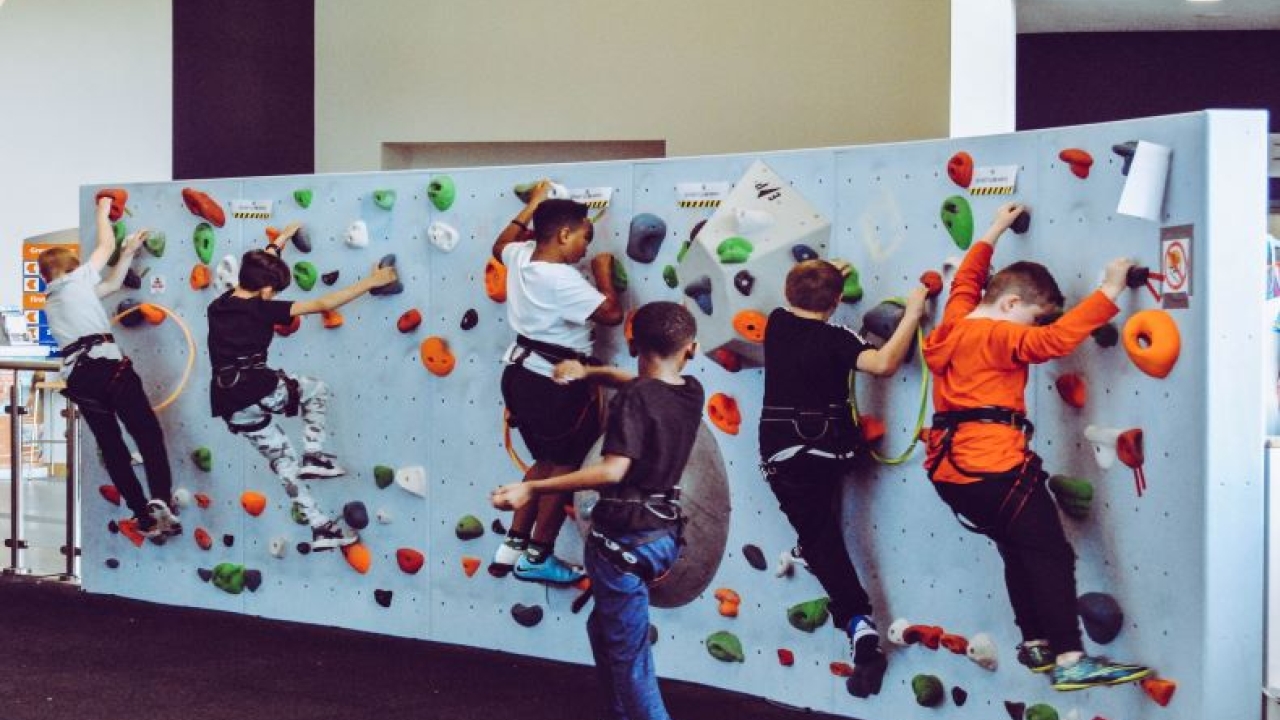Why Wellbeing

Teacher wellbeing is positively related to student outcomes: A study by Jennings and Greenberg (2009) found that when teachers participated in mindfulness-based stress reduction programs, their emotional exhaustion decreased and their self-compassion increased, leading to improved classroom organization, better student behavior, and higher academic achievement.
Teacher burnout has negative effects on students: A study by Li and Lerner (2011) found that teacher burnout was negatively associated with student achievement, with burnout being a stronger predictor of academic performance than teacher qualifications or experience.
Teacher wellbeing is linked to job satisfaction and retention: A study by Hakanen et al. (2006) found that teachers who had high levels of work engagement (a positive work-related state of mind characterized by vigor, dedication, and absorption) had higher job satisfaction and were more likely to remain in the teaching profession.
Teacher stress and anxiety can impact the classroom environment: A study by Kyriacou and Sutcliffe (1978) found that when teachers experienced high levels of stress and anxiety, they were more likely to be critical and negative towards their students, leading to a more negative classroom environment.
How well being
There are several evidence-based ways that wellbeing can be improved for both teachers and students. Here are some examples:
For Teachers:
Mindfulness practices: Mindfulness-based interventions have been found to be effective in reducing stress, anxiety, and burnout among teachers. A study by Burke et al. (2010) found that teachers who participated in a mindfulness program had lower levels of stress and higher levels of self-compassion and job satisfaction.
Social support: Social support from colleagues and supervisors can help buffer the negative effects of stress and promote wellbeing among teachers. A study by Lee et al. (2019) found that teacher social support was positively associated with job satisfaction and negatively associated with burnout.
Workload management: Teachers who have a manageable workload and are given autonomy over their work are more likely to experience job satisfaction and wellbeing. A study by Ingersoll and Strong (2011) found that high levels of teacher autonomy and job control were associated with lower levels of stress and greater job satisfaction.
For Students:
Positive teacher-student relationships: Positive relationships between teachers and students can promote wellbeing by increasing students' sense of belonging and connectedness to school. A study by Wang and Eccles (2013) found that positive teacher-student relationships were associated with higher levels of academic motivation and better academic outcomes.
Social-emotional learning (SEL): SEL programs promote social and emotional competence among students, which can lead to better academic outcomes and greater wellbeing. A meta-analysis by Durlak et al. (2011) found that SEL programs had a significant positive impact on students' academic achievement, social-emotional skills, and overall wellbeing.
Physical activity and outdoor play: Regular physical activity and outdoor play have been shown to promote wellbeing among students. A study by Biddiss and Irwin (2010) found that children who participated in physical activity and outdoor play had better mental health outcomes, including reduced stress and anxiety.
Overall, these examples demonstrate that wellbeing can be improved for teachers and students through a variety of evidence-based interventions, including mindfulness practices, social support, workload management, positive teacher-student relationships, SEL programs, and physical activity and outdoor play.
Stay up to date
Subscribe to the free GESS Education newsletter and stay updated with the latest insights, trends, and event news every week. Your email address will remain confidential

